How to Make Caramel
Nov 14, 2012
This post may contain affiliate links. Please read our disclosure policy.
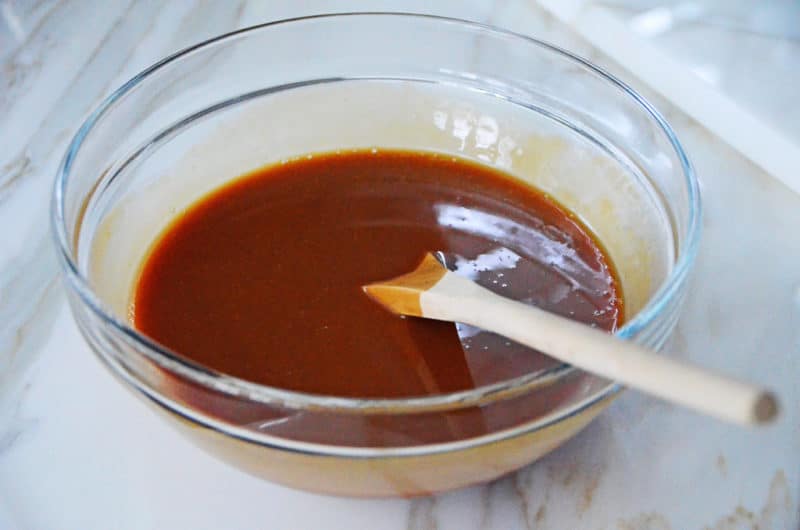
Caramel is like the fraternal twin of chocolate when it comes to making the kind of sweet you cannot, and will not, resist. Caramelization—the toasting or deep-golden-browning—of just about anything you cook, from Brussels sprouts to nuts to bread, takes on a whole new meaning of good.
Same holds true for sugar. And that’s really all that caramel is: the melting, then toasting, or deep-golden-browning, of sugar.
The idea that there is caramel in our luscious holiday pecan tart may either send you running to the kitchen to get after it…or inspire you to send the recipe to someone else to make for you, because you aren’t even remotely going to make caramel yourself.
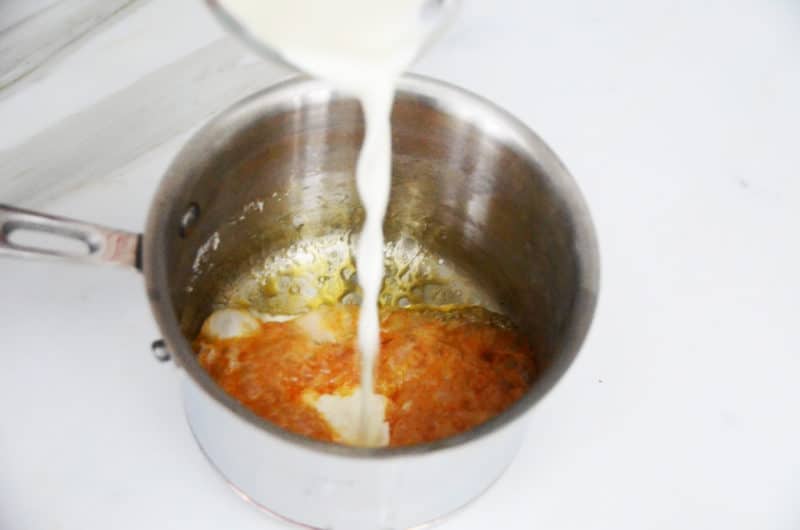
Follow a few tips for an easy caramel-making process, and you won’t think it’s for someone else’s kitchen any more:
- First, a word of caution. Caramel is extremely hot. It touches your skin, and you are burned. I have the scars to attest to how caramel and skin feel about one another. So, be extra careful when working with hot caramel. Wear an oven mitt if you can, awkward as that may sound.
- Use the heaviest saucepan you have. I love an All-Clad 2-quart to make caramel. The sugar is so delicate, and a thin saucepan makes it difficult to control heating, which can result in easily burned caramel.
- Caramel is simply the melting of sugar. Sometimes other ingredients are included, like corn syrup or water. Either way, once the crystals are melted, they do not want to be agitated. Instead of stirring, you gently swirl the melted sugar around in the pan to keep it moving and avoid burn spots. The agitation of stirring can cause the sugar to grab on to any unmelted crystals on the sides of the pan, and crystallization, or chunks of sugar, form in your caramel and they won’t melt.
- Many methods call for brushing down the sides of the pan with water to keep those unmelted crystals at bay, but I don’t do this and have never found it necessary if I don’t agitate the sugar too much. You can also keep a lid on the caramel and the steam helps avoid crystallization, but then you have to be sure you are checking constantly on its progress so that the caramel doesn’t burn.
- Caramel that is burned is not salvageable, and it can happen in an instant. Watch closely every step of the way and once the caramel is golden brown, remove it from the heat. There is a big difference between the delicious “burnt caramel” flavor used in ice creams and other sweets and the bitter, burned flavor of even slightly burned caramel. The scent will tell you the difference. Don’t be tempted to taste; sometimes we forget (or is it just me?) that what we’re working with is so hot that even a tiny dab on the tongue would be regrettable.
- To clean a caramel pan, including one with burnt caramel in it, fill the pan with water (including any spoon you used early in the process that may have hard sugar clinging to it) and bring to a boil for easy removal of the hard caramel.
- When you add cream to caramel, as you do to make sauce and as we will for our tart, the caramel will bubble up vigorously. The radical difference in temperatures of the caramel and the cream causes the caramel to seize up. It feels like a mistake here, but it isn’t. Stir constantly over the heat until all of the hardened pieces of caramel dissolve.
Homemade caramel sauce makes lovely gifts in little jars with a bow for the holidays, and there are endless ways to get the caramel into your own mouth. I love the sauce for apple and cookie dipping, poured over bananas or ice cream with some sea salt, or in caramel’s many candy iterations for caramel corn, peanut brittles, and toffees. There was one particular chocolate-covered toffee my family always received in a box at Christmas from Mason, Michigan from my Uncle Dick and his wife, Jennifer. I still think of that toffee every year because it was the finest I’ve ever had. It had the perfect brown-sugar flavor and crunch-crumble texture. I have tried many, many times to replicate it with some, but not complete, success. I’m still searching for that recipe if anyone has it…
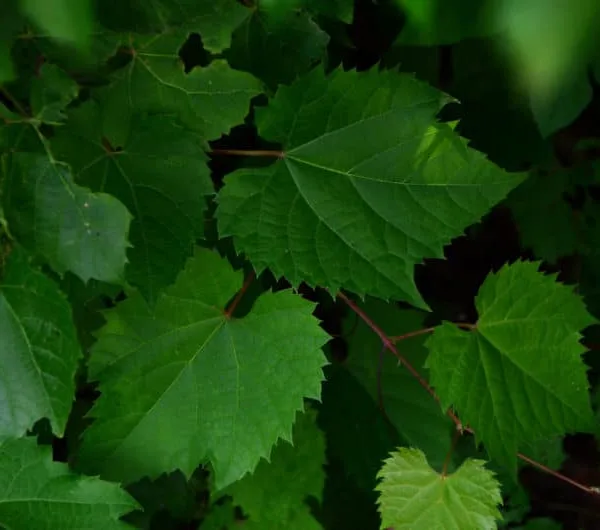

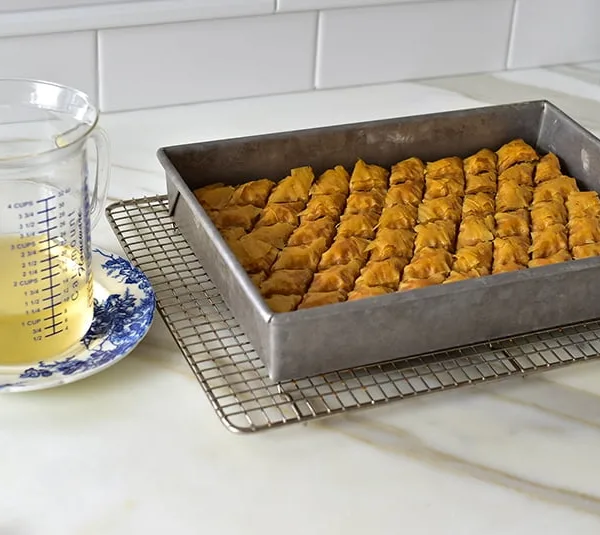
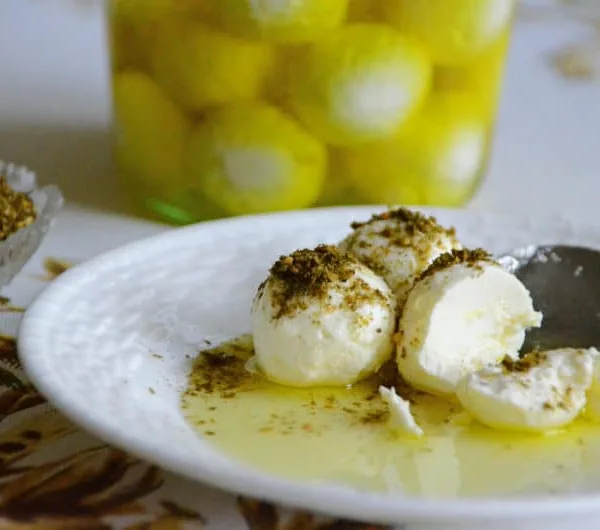







I made wonderful caramel. but after a 4 or 5 days it crystalizes. how can I stop that
Hi Jane–thanks for your question. Sounds like the sugar may not be fully dissolving–evening one tiny seed of sugar undissolved can cause crystallization. When melting the sugar, don’t stir it or agitate it. If you are using any corn syrup in your recipe, try increasing that a bit as well.
Hi Sweetheart, as you know, we’re not in Mason anymore and haven’t ordered any of the toffee as we had for many years for customers and family. I will call tomorrow and see if I can get a box for you with the hope it isn’t too late as we use to have our order in before Labor Day. Thanks for the loving thought.
Our love to you and family, Uncle Dick
Miss that toffee, and miss YOU, Uncle Dick! xoxox.
I have tried to make anise candy a few times, hardens and looks like glass, but good.
The caramel sounds great but I didn’t see any quantities, commonly known as a RECIPE!!!
I know you ladies only need TIPS but we men need quantities.
Like ounces, pounds, cubic centimeters or liters.
I suppose if you just use sugar the quantity is not important but when you add cream, or the other ingredients I noted under caramel corn….then a RECIPE is paramount! 🙂
I would probably pour a batch into a buttered pan and let it harden, cut it into squares and eat it like candy. Or add pecans. What should I add to the basic sugar and how much?
Then there is the Mackinaw Island fudge, marble table, 50 lb batches, I can’t wait till you do that one up.
The fudge that is my family’s favorite really isn’t fudge, it is heavy caramel with pecans mixed in with a thin layer of chocolate on top. I think they may call it King Tut, but that is reaching, I don’t really remember.
Give me a RECIPE and I will call it Maureen Tut!
You are funny, Jerry…I will post a good caramel recipe sometime; this is meant as general tips for the technique. I shared this as a lead-in to my recipe for chocolate caramel pecan tart, coming up shortly…
Right you are–your column makes me want to rush to the kitchen and make some caramel! Maureen, you are endlessly inspiring.
wish I had read this a couple days ago ….